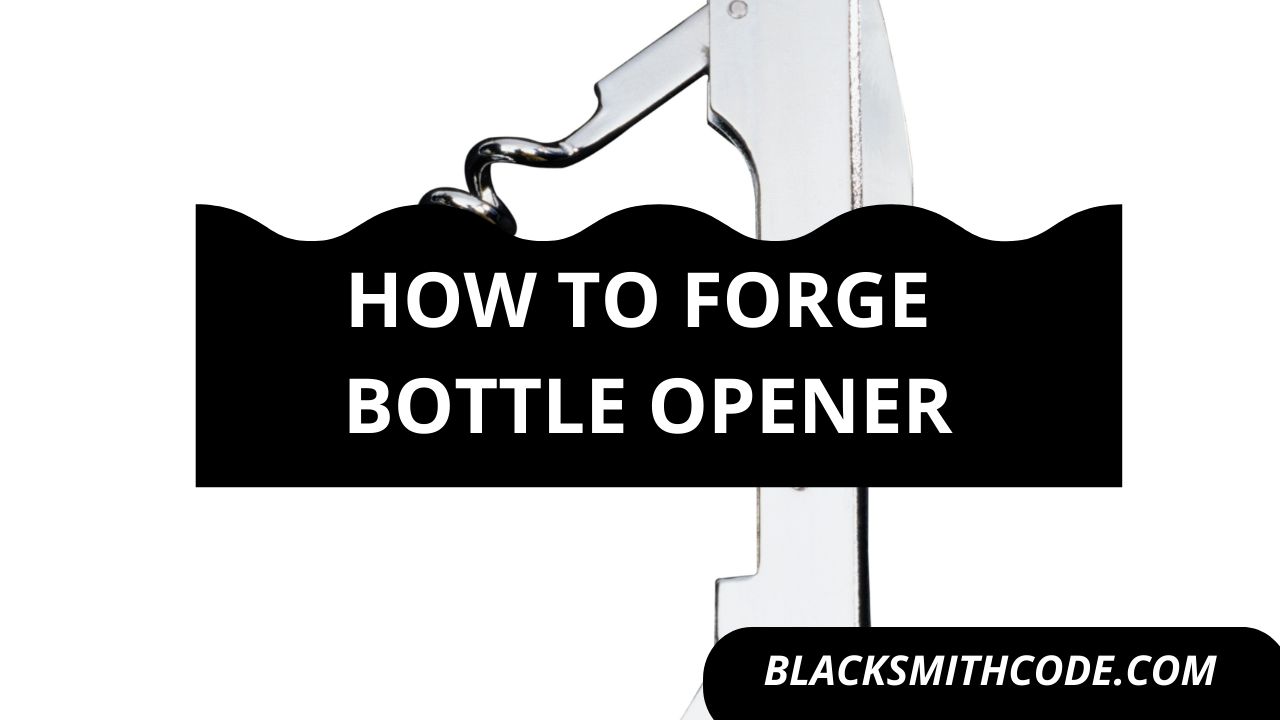Have you ever desired to get the knowledge on how to forge a helmet easily? Then, you have your answer right here.
A helmet is one of the most ancient blacksmithing projects. Protective helmets are useful as one of the essential gears during wars. Therefore, as blacksmiths are forging blades and other weapons for warriors, they are also forging their protective attires.
The processes for the forging of a helmet are not complicated. However, they are a little bit technical. It is, therefore, crucial to pay attention to details. Here is a relevant but straightforward guide that can help you simplify the process of forging a helmet.
Instructions on How To Forge a Helmet
Step 1: Gather The Tools and Materials
First off, you need to have it at the back of your mind that the process involved in forging a helmet is slightly different from other blacksmithing processes. All the materials you would use need to have a precise measurement. However, this measurement will be dependent on your design.
Step 2: Create the Design for Your Helmet
Picture the design of the helmet you want to create. It is best to note that there are different types of existing metallic masks. You might have to create your plan, as well.
You can sketch the design on a piece of paper for a proper guide. If you don’t have adequate experience in blacksmithing, you shouldn’t go for complicated designs. Give special consideration to the location of the nasal and eye space.
From the drawing of your design, you can draft your measurement. Get the precise size of each part of the helmet. Once you can figure out the dimension of each piece, then you can move on.
Step 3: Cutting and Cleaning
Now, it’s time to create an individual part of the helmet. This step is crucial for the outcome of the work. It is the most technical part of the process.
Quick Steps
- Trace out the pattern on your steel with a pencil or something that can make a mark.
- Start cutting out the individual component that you have marked out with the use of a jigsaw.
- Ensure you have a clean-cut and you can bevel the edges.
- Consider blurring the sharp part if there is any.
- For reference, draw a line on your scarp paper that will serve as a guide for the rest of the process.
Step 4: Build The Frame
This process is crucial because this frame will serve as the skeletal structure of your helmet.
Quick Steps
- Figure out the arrangement of all the essential parts before proceeding on how to forge a helmet
- Give curves to the parts that need curving. Ensure that you are using precise measurements for this. The process is highly dependent on the type of helmet you intend to create.
- Once the individual parts are in a perfect place, you can start your temporary assembling. The essence of this assembling is to be sure each part fits.
- Make necessary adjustments if any.
- Use a hammer and other suitable tools to make essential curves.
Step 5: Finalize the Planishing
Now, it is time to make for improved patterning. You should also do some riveting and planishing. For your planishing, you need a planishing hammer.
Once you are through with these, reassemble the components.
Step 6: Fix The Panels
Now, you should be through with the framework of your helmet. It’s time to crown the design by fixing the layouts. If you get your framing right, setting the panels will be a straightforward process.
Pro Tip
You can consider marking the panel’s side to help you differentiate the inside of the panel from outside. You don’t have to panic if the panels don’t fit correctly. A slight adjustment will help you fix them in, provided you get your cutting.
Step 7: Final Assembling
It is time to create the overall body of your helmet. Assemble the panels on the framework of the mask. You can decide to drill a rivet hole in the helmet to help you keep the parts together for proper joining.
The method of joining the helmet is dependent on the type of helmet you want to create. You should choose the most suitable way. You can joint it together by welding, forging, or bolting.
Step 8: Finishing
The finishing for this process is dependent on step 7 above. If you are using the bolting method, you don’t need any special finishing. Just ensure that your helmet has a regular shape, and you can also consider some polishing.
For forging and welding, you might need a more precise finishing. Get rid of the excess weld. Overall, ensure that your finishing cleans up your work and help it give a more appealing outlook.
FAQs
Question
Can I forge a helmet that can withstand a sword?
Using a helmet aims to protect the user. Provided that you properly forge your helmet, it should be able to serve protective functions.
Question
Can I forge a helmet with a Damascus steel?
Yes. You can forge a helmet with Damascus steel. It is, however, not advisable if you don’t have enough blacksmithing experience.
Question
How much does it cost to forge a helmet?
Forging a helmet doesn’t cost much. If you are a practicing blacksmith, there is a chance you will have most, if not all, the tools you need. The only thing you might have to spend on is the fuel in your forge and the stock steel for the forging process.
Video
Precautions
Taking precautions is a vital part of professionalism. It improves the outcome of your work and also protects you from work-related hazards. Below are some of the precautions that are essential for the forging process of a helmet.
- Do not rush the process; take your time and get it right.
- Be careful while hammering the helmet so as not to distort it.
- Use a suitable joining technique for the helmet you are trying to create.
- Ensure that you carry out all measuring and cutting with utmost precision.
- Wear your protective gear and carry out all safety precautions while working in the blacksmith shop.





